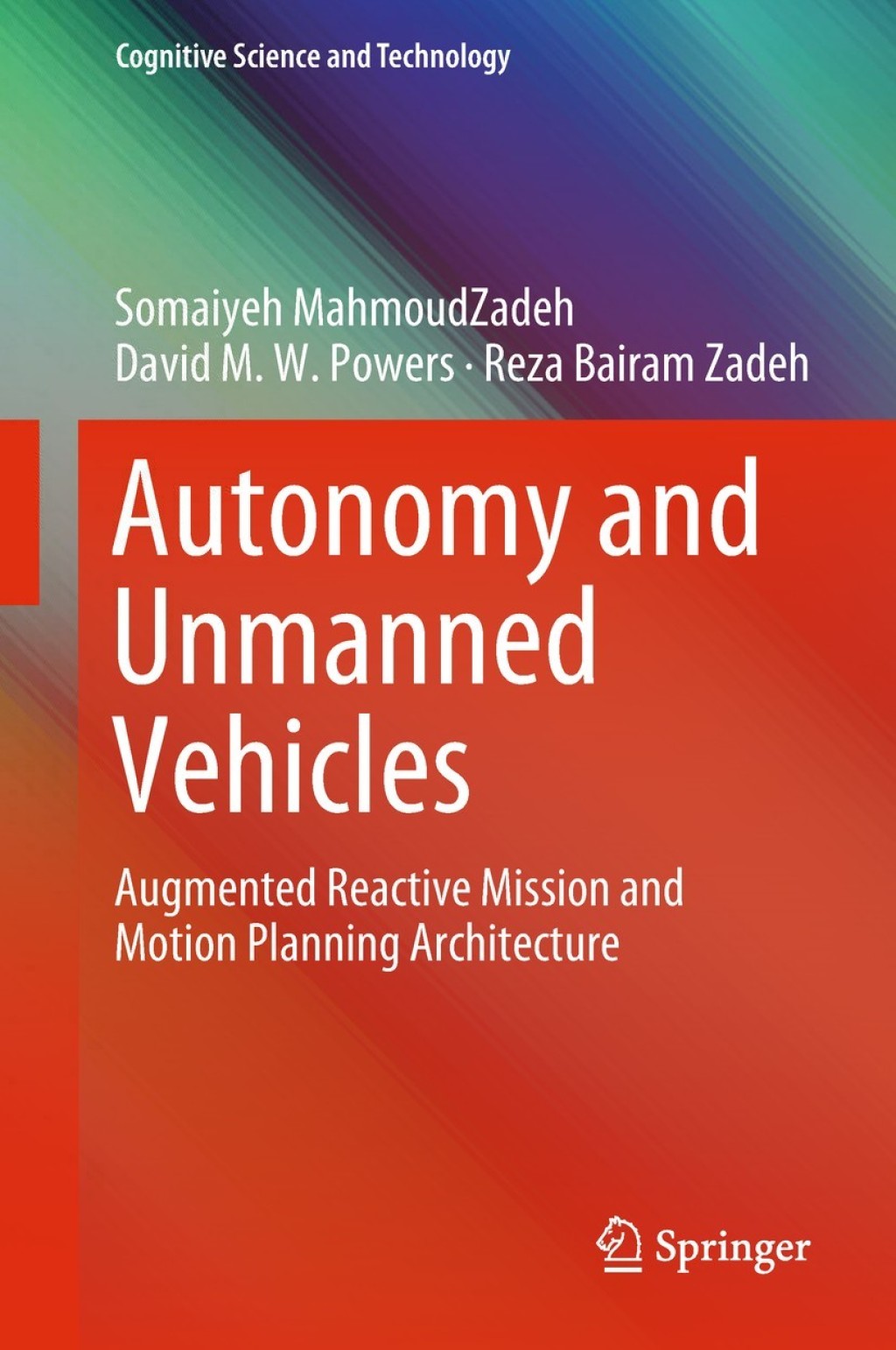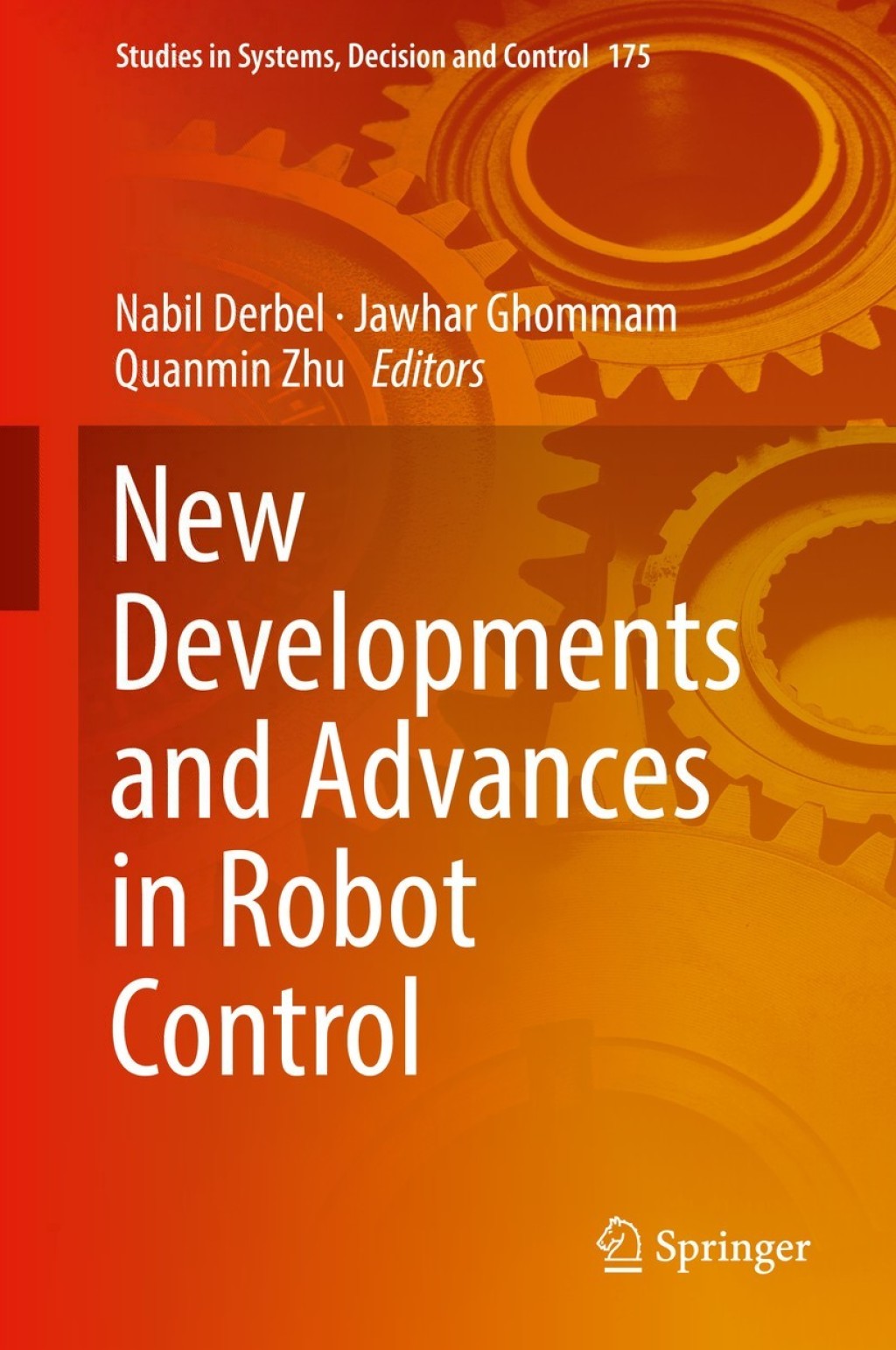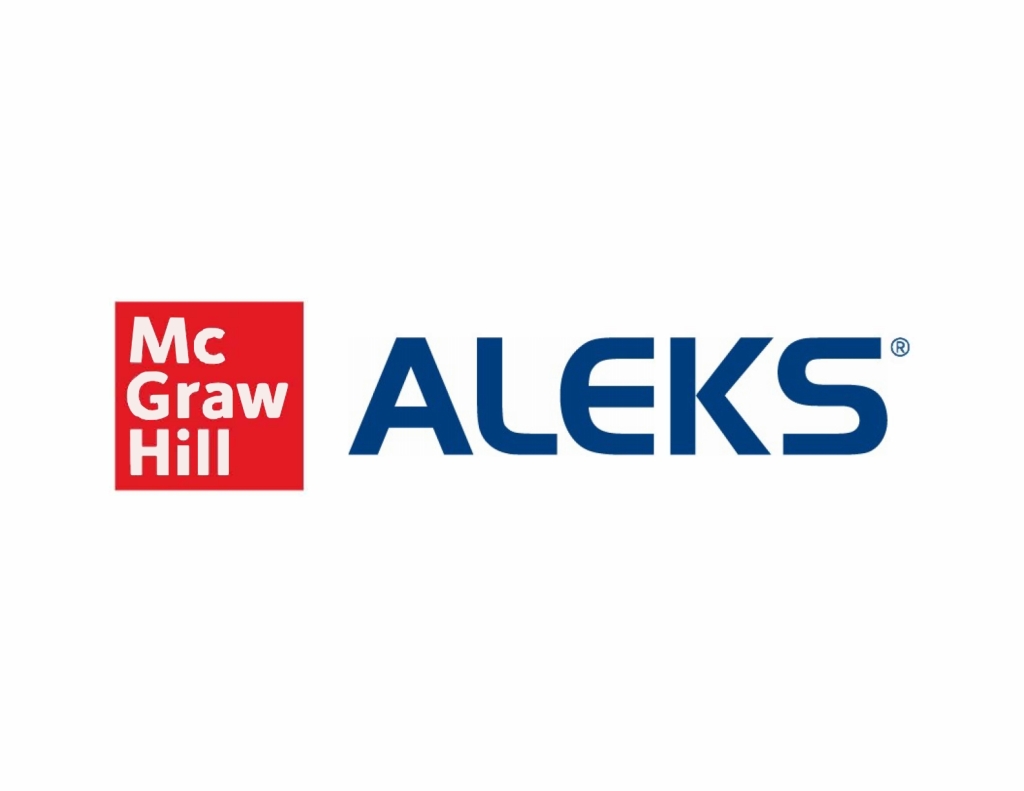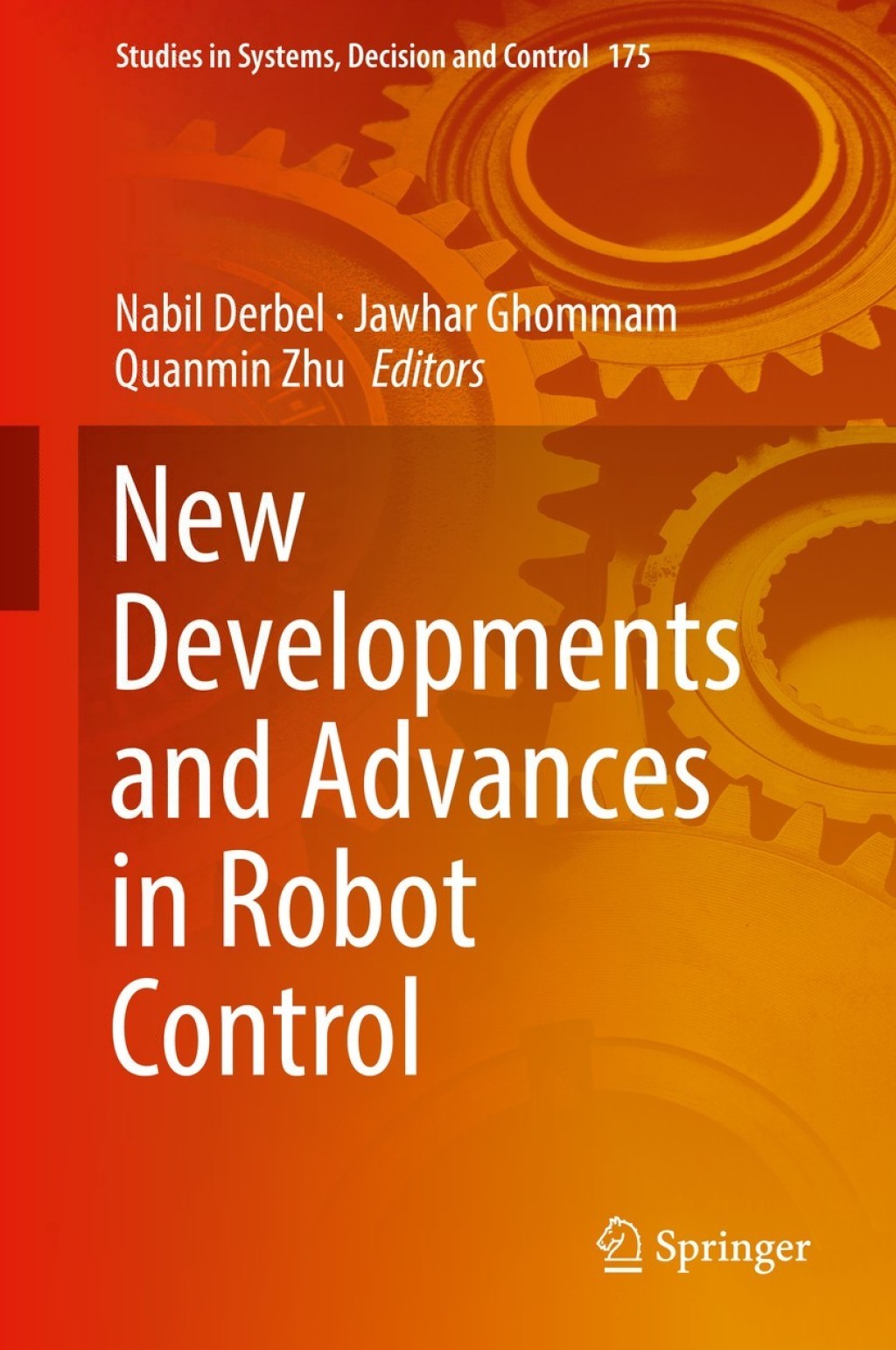Description
This book highlights relevant studies and applications in the area of robotics, which reflect the latest research, from interdisciplinary theoretical studies and computational algorithm development, to representative applications. It presents chapters on advanced control, such as fuzzy, neural, backstepping, sliding mode, adaptive, predictive, diagnosis and fault tolerant control etc. and addresses topics including cloud robotics, cable-driven robots, two-wheeled robots, mobile robots, swarm robots, hybrid vehicle, and drones. Each chapter employs a uniform structure: background, motivation, quantitative development (equations), case studies/illustration/tutorial (simulations, experiences, curves, tables, etc.), allowing readers to easily tailor the techniques to their own applications.



















